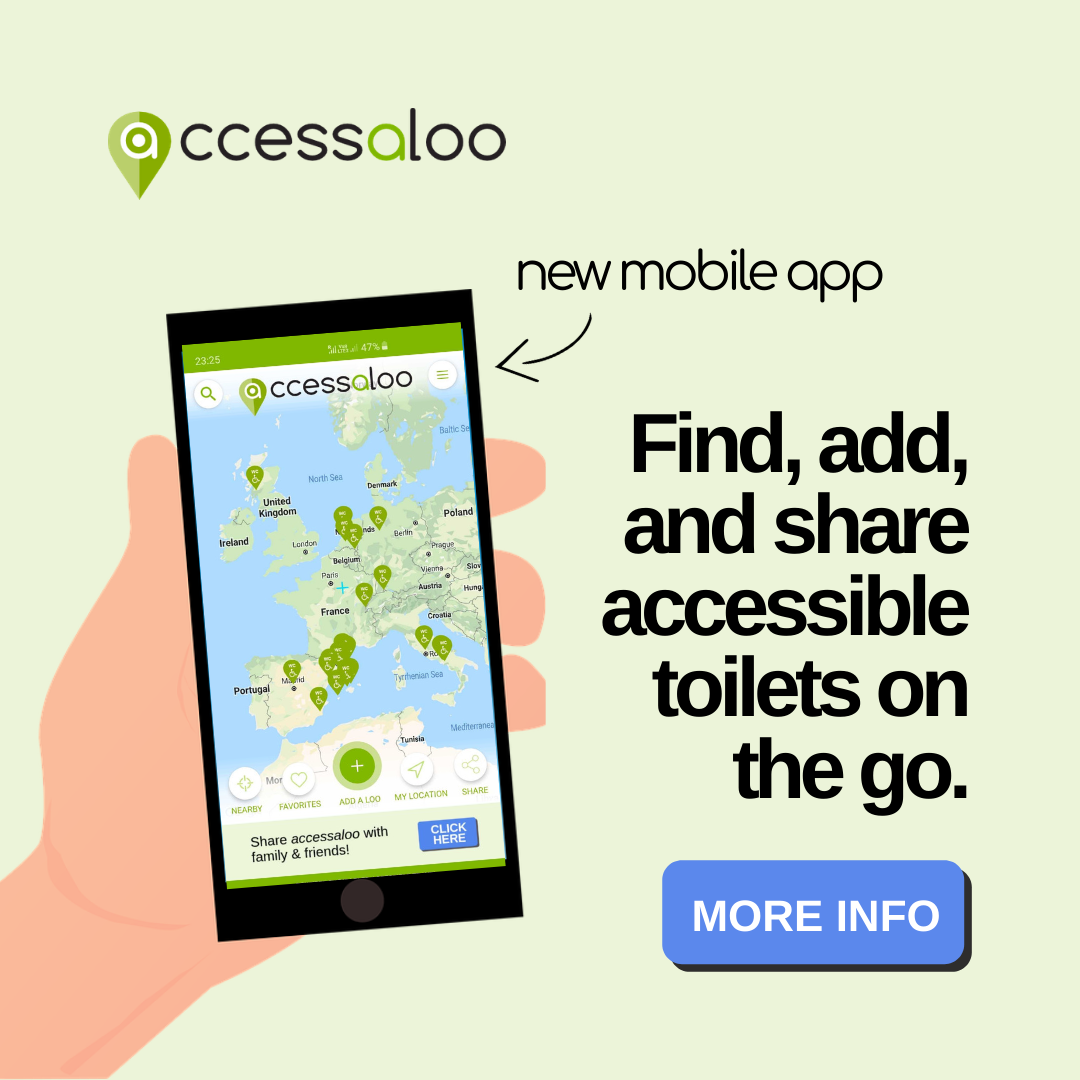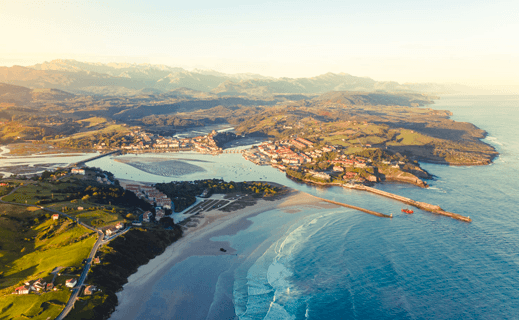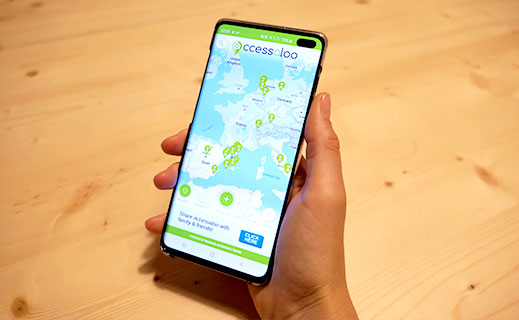Are you passionate about art, magnificent interior designs, museums, and churches? Then, St. Petersburg is the place to be for you! It is a spectacular cultural city with beautiful royal palaces, more than 120 museums, and monumental cathedrals. Did you know that many of these sights are wheelchair accessible? Of course, all of them are worth a visit, however you need a lot of time to see all the wonders of St. Petersburg. Therefore, we highlighted the best accessible hotspots in this blog for you. Furthermore, we tell about the accessibility of St. Petersburg, how to get around, and more.
About St. Petersburg
St. Petersburg is Russia’s biggest city after Moscow. There are many different names for this multifaceted city, such as: ‘The city of white nights.’ You can admire the white nights, which is an atmospheric phenomenon, in the summer from the end of May till mid-July. In these months the sun never fully sets. The sky stays bright throughout the night with light similar to a sunset. They also call St. Petersburg ‘The Venice of the north,’ because of its many rivers and canals. Or ‘Northern capital,’ because St. Petersburg is the second largest town of Russia, located along the shore of the Neva Bay of the Gulf of Finland. And finally, some call the city: ‘The city of three revolutions.’ The town was called Petrograd from 1914 to 1924 and Leningrad from 1924 to 1991.
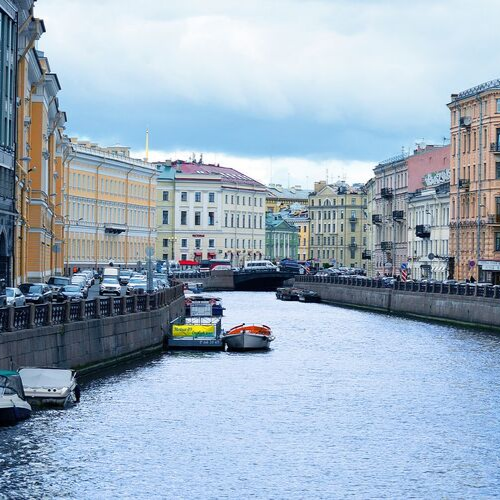
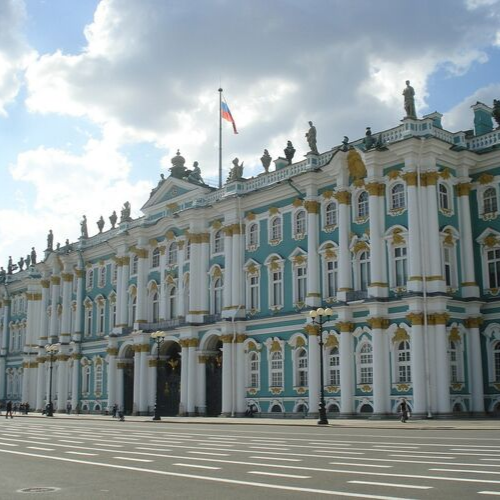
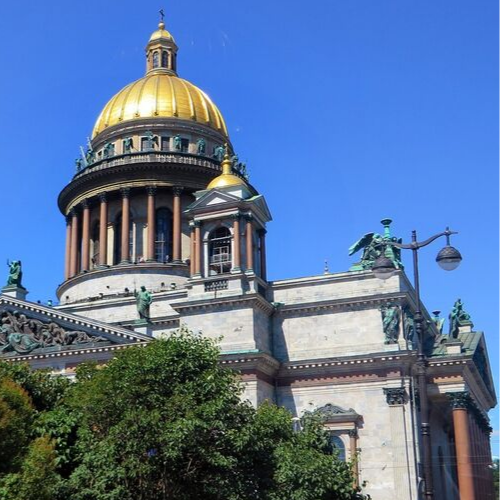
Accessibility of St. Petersburg
The main street of the city, Nevsky Prospect is a fully wheelchair accessible zone. This street is over four kilometers (2,5 mile) long and is considered one of the main streets due to the many cultural attractions along the way. In addition, most squares in the city have a very smooth service and are easily rollable.
Accessible highlights of St. Petersburg
Most of the attractions in St. Petersburg are equipped for wheelchair access. Below, we tell you about the accessibility of the most impressive sights in St. Petersburg. Of course, there are many more beautiful things to see, however we have chosen to highlight the main ones.
The state of Hermitage
We start with The State Hermitage. This museum is by far the most famous in the city and the second largest art museum in the world. Besides the around three million works of art, the museum is equipped with electronic widened elevators and wheelchair accessible bathrooms.
St. Isaac Cathedral
St. Isaac Cathedral, a beautiful church that you can recognize by its prominent dome. The exterior of the church is impressive. A must-see when you are passionate about interior design. At the top, you can enjoy the beautiful panoramic view of the city. The wide driveways and elevators make the Cathedral accessible for wheelchair users.
Catherine Palace
Catherine Palace, renowned for the extraordinary Amber room, is one of Russia’s grandest palaces, located in Poesjkin, about 25 kilometers (15,5 miles) southeast from St. Petersburg. This palace is built as the summer residence for the Russian Czarina Catherine and is fully wheelchair accessible. There are an elevator and an adapted bathroom. All the lanes on the outside are made of fine gravel and are equipped with ramps. The staff will assist you during your visit, however be advised you need to notify them prior via email or phone. To avoid black stripes on the floor, the museum does not allow wheelchairs with black tires. Furthermore, mobility scooters are not allowed. The Palace provides manual wheelchairs to use, free of charge.
Peterhof Palace
Peterhof Palace, also known as the Russian Versailles. Peterhof palace was built as a summer residence and one of the most popular sites for tourists. The Peterhof complex includes castles, huge parks, architectural statues, fountains, and decorations.
Chuch of the Savior on the spilled blood
Church of the Savior on the spilled blood, built in traditional Russian style, designed with unique mosaic stones. This church is wheelchair accessible, with ramps at the entrance and exit. However, there are heavy doors, so please contact the administrator or security staff for assistance.
Some places in St. Petersburg do not allow all types of wheelchairs. When this is the case at a particular highlight, they offer free rental wheelchairs.
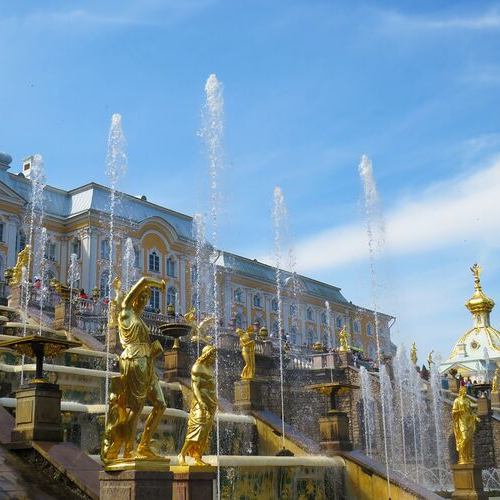
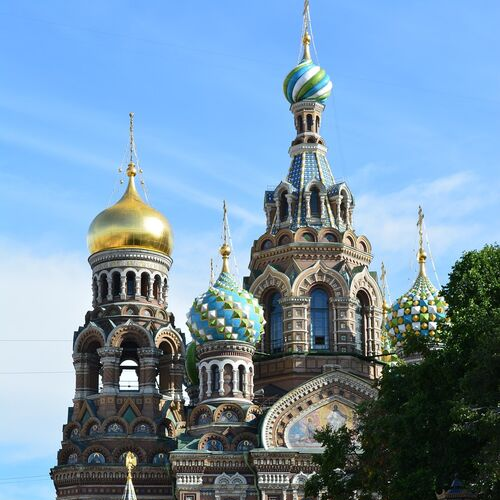
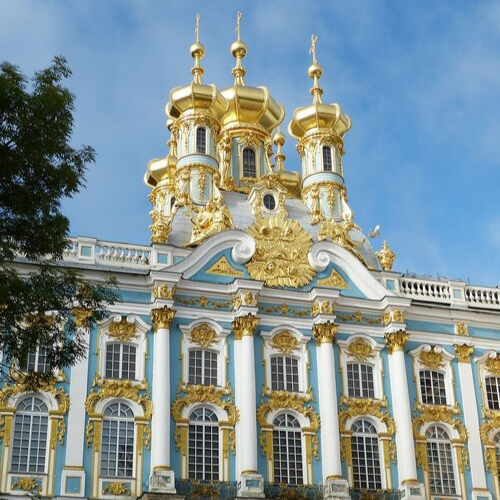
Tours in St. Petersburg
Would you like to spend some time in the second biggest city in Russia? We have the perfect tours for you. A one-day tour and a two-day tour. You get to see all the highlights together with your officially licensed guide who tells you everything you need to know about this artistic city. With him, you drive around in your private adapted vehicle and see all wonders the city offers.
Click on the button to see our tours.
Weather and the best time to visit the city
The city has relatively cold winters with an average maximum temperature of -2°c (28,4 °f) to an average minimum temperature of -9°c (15,8 °f). The best time to visit St. Petersburg is from May to August when the average temperature is around 20°c (68 °f). However, these are also the months with the most rain falls.
Russian currency
The currency in Russia is the Russian ruble. You can pay with coins and bills. The notes are from 10 rubles till 5000 rubles, and there are coins from 25 rubles, 10 rubles, 5 rubles, 2 rubles, 1 ruble, 50 kopeks, ten kopeks, and one kopek. Click here to convert currency.
Language
The primary language in the city is Russian. And they also use the Russian alphabet, which makes it difficult to read the signs on the street when you do not know the language. Furthermore, in general, the Russian people speak limited English.
How to get around in St. Petersburg
Before you go, please note that you need a valid visa to travel to and within St. Petersburg.
The Metro in St. Petersburg is a quite friendly solution to get around for people with limited mobility. All the metro stations are equipped with special lifts. For more information about St. Petersburg’s Metro, check the website.
However, not all public transport is adapted for wheelchair users. There are city buses with ramps, however unfortunately not all, so best to check before travelling.
Alternatively, you can reserve an adapted taxi. Contact us for more information and detail.
VISA information for cruise passengers
For cruise passengers arriving at St. Petersburg port, since you are traveling without visas stamped in your passport, you have to be accompanied by your guide everywhere.
You have to show your printed Tour Tickets (blanket visas) and your passport to the customs officers. Without these documents, you will not be able to enter the museums in St. Petersburg. When this occurs, no refund is possible.
When booking a tour and while being under tour guidance, you do not need an individual visa. The tour-tickets will be sufficient and will be emailed prior to your tour date. You will need to show this upon entry, together with your passport.
Information required for obtaining the tour-ticket:
- Name
- Birth Date & Birthplace
- Citizenship
- Passport serial number & Passport validity
- Cruise and Ship name
Get inspired, continue reading
- Wheelchair Accessible Cultural Highlights of Spain
- Explore Disabled Accessible Travel’s destinations
- Accessibility guide of Acropolis and Museum
- Disabled Accessible Travel Expands Accessibility Services with Launch of Mobile App ‘accessaloo’
- Wheelchair Accessible Transfers
- Accessibility of St. Petersburg
- Mobility Equipment Rentals
- 7 Wheelchair-friendly Restaurants in Barcelona
- Everything You Need To Know About Tipping In Europe
- Nova Icaria And 4 Other Accessible Beaches Barcelona Has To Offer
- Accessibility guide Alhambra
- Accessible Train Tickets in Spain – Renfe
- Accessible islands in Europe
- Top 8 Accessible Destinations in Europe
- Accessibility guide Parliament Budapest
- A useful guide to European toilet keys



